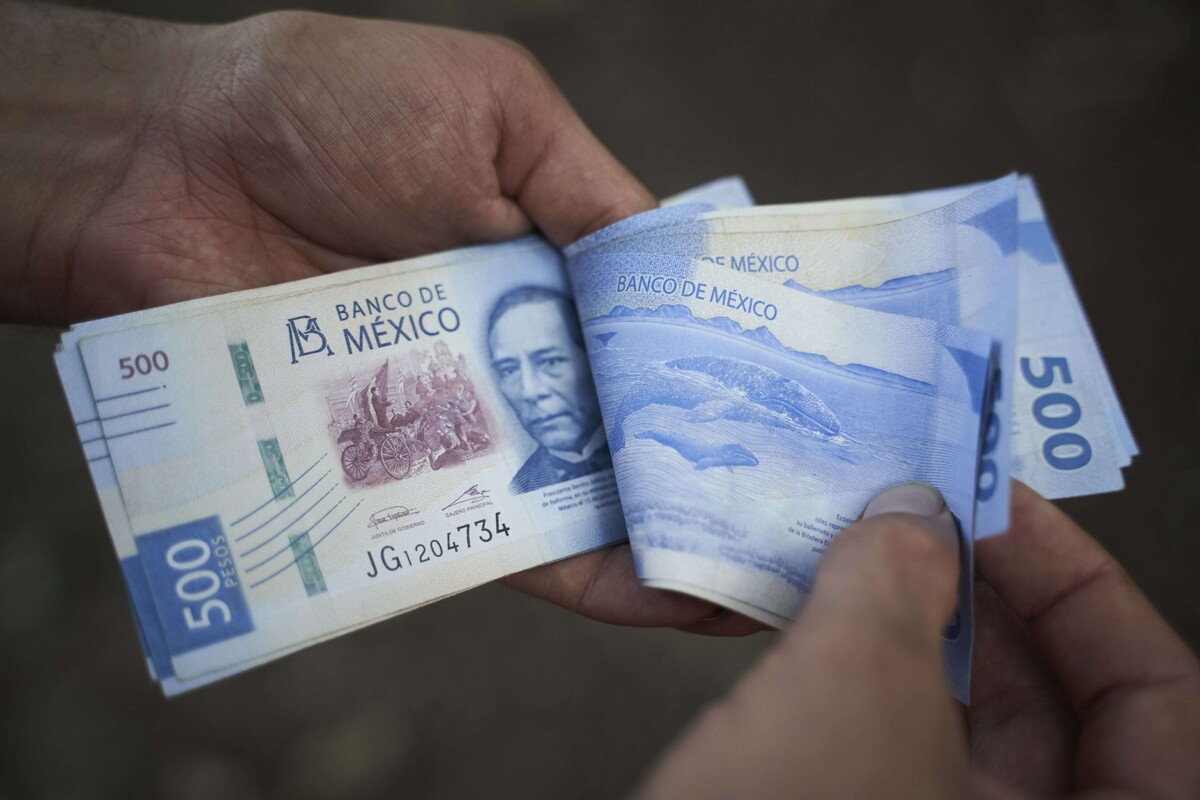
A recent analysis indicates that the commercial impact of the measures taken by the United States against Canada and Mexico is likely to be more significant than that of Brexit on the United Kingdom. Both countries are expected to enter recession in the coming weeks due to these actions. In Mexico, currency market volatility is expected to continue, with the dollar reaching 21.2 pesos, a considerable increase since last Friday's session close.
Analysts predict that if Trump's tariffs are implemented on February 4, the Mexican peso could fall as low as 24 units per dollar, before recovering to around 23. Additionally, it is estimated that Mexico's Gross Domestic Product (GDP) could decrease by 1.5 percent. Despite these measures, it is considered unlikely that the tariffs will remain in the long term, as they would affect the global competitiveness of the United States and trigger other economic problems.
In this same vein, the Canadian dollar has fallen to its lowest level since 2003, and the Mexican peso has surpassed 21 units per dollar. Trump imposed a 25 percent tariff on Canada and Mexico and a 10 percent tax on China. These decisions have generated global trade tensions, with promises of retaliation from the affected countries.
Canadian Prime Minister Justin Trudeau announced a 25 percent tariff on $107 billion in U.S. products as a countermeasure. Financial markets have responded with uncertainty regarding the possibility of a large-scale trade war. The dollar has strengthened against most of the G10 currencies in the early trading following these events.














